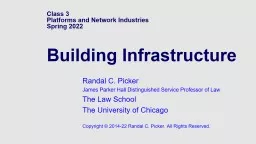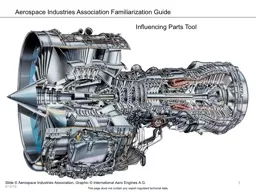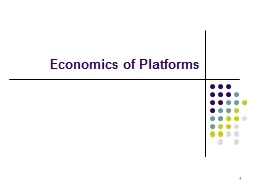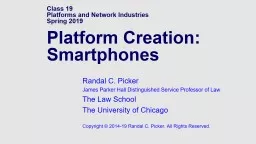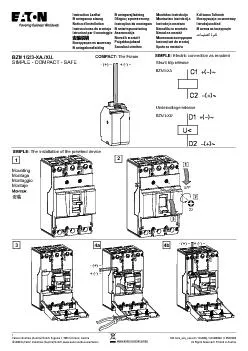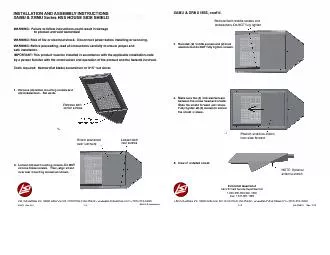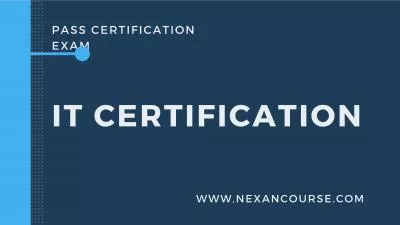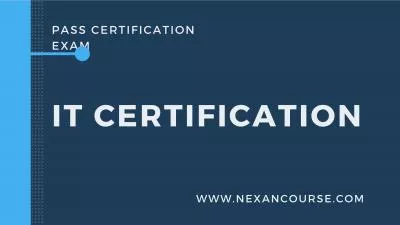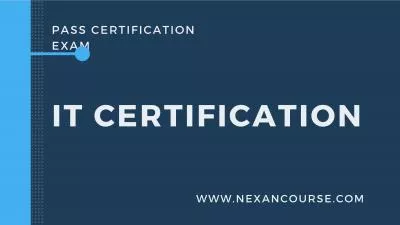PPT-Class 3 Platforms and Network Industries
Author : classyshadow | Published Date : 2020-06-22
Spring 2020 Access Common Carriage and Interconnection Randal C Picker James Parker Hall Distinguished Service Professor of Law The Law School The University of
Presentation Embed Code
Download Presentation
Download Presentation The PPT/PDF document "Class 3 Platforms and Network Industries" is the property of its rightful owner. Permission is granted to download and print the materials on this website for personal, non-commercial use only, and to display it on your personal computer provided you do not modify the materials and that you retain all copyright notices contained in the materials. By downloading content from our website, you accept the terms of this agreement.
Class 3 Platforms and Network Industries: Transcript
Download Rules Of Document
"Class 3 Platforms and Network Industries"The content belongs to its owner. You may download and print it for personal use, without modification, and keep all copyright notices. By downloading, you agree to these terms.
Related Documents

